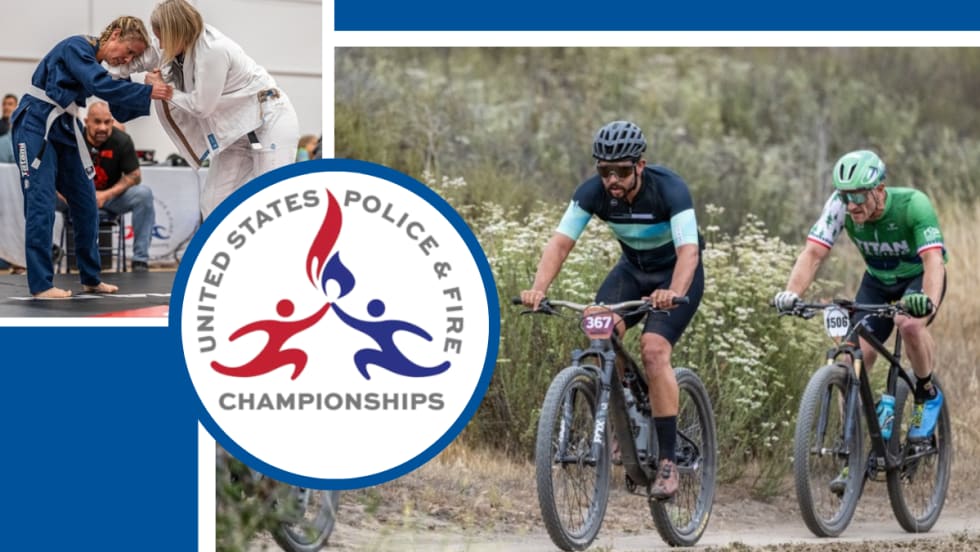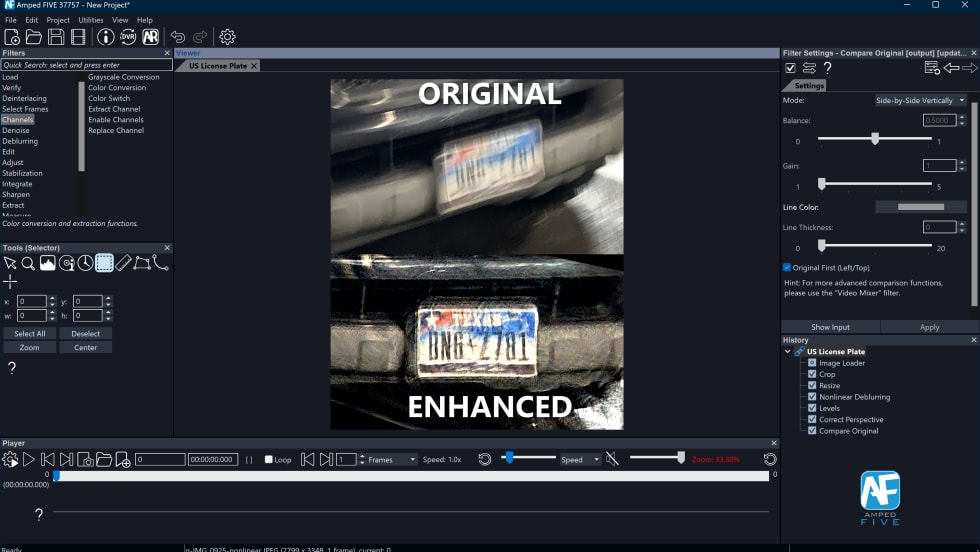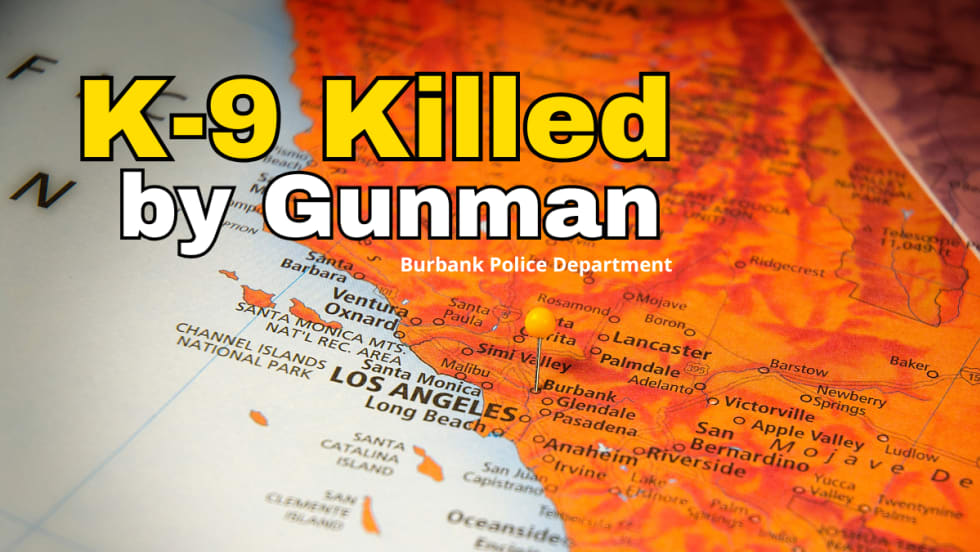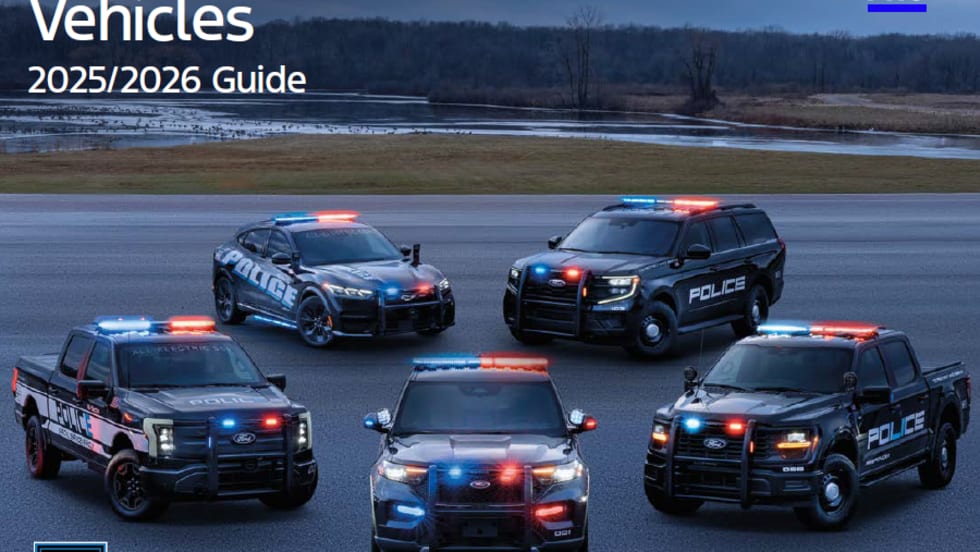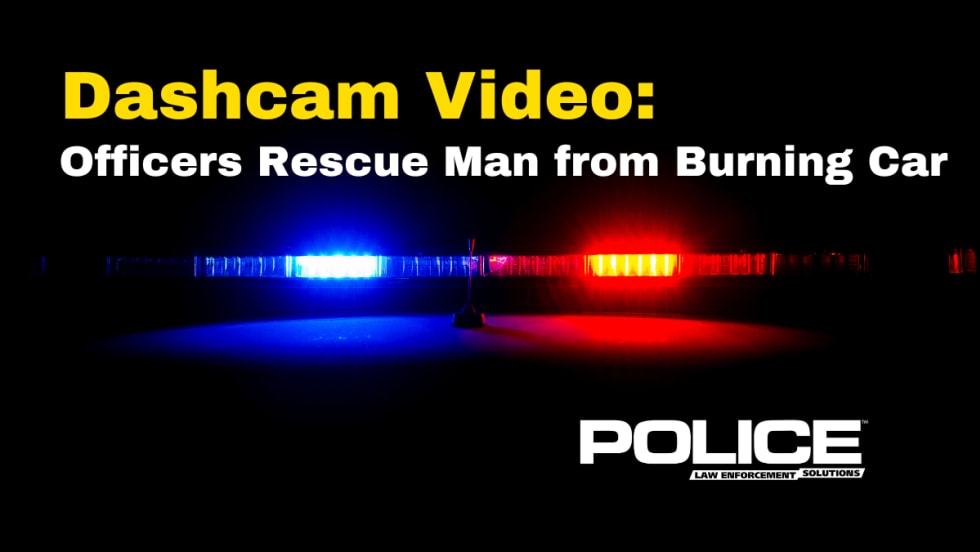Mehserle faces a sentence of between two to four years for involuntary manslaughter, plus up to 10 years for using a gun, SF Gate.com reports. Judge Robert Perry could impose a minimum sentence of five years, and a maximum sentence of 14 years.
Fearing a tainted jury pool and possible violent protests, prosecutors chose Los Angeles as the venue for the racially tinged case. Anticipating possible rioting after the verdict, county offices in downtown Los Angeles were evacuated early Thursday afternoon.
Convicting an officer in a deadly force encounter is a tall order for prosecutors faced with the burden of proving the officer's intent, said Sandi Gibbons, public information officer with the Los Angeles County District Attorney's Office.
"In our society, police officers are given the right to use deadly force when the force directed against them is deadly," Gibbons told POLICE Magazine. "And police officers, when they come into a courtroom, are the cleanest-cut American guys."
During the trial, Mehserle and two colleagues involved in the incident—the three officers lost their jobs over the incident—testified about their role in the arrest. Mehserle, who wept on the witness stand, said he mistakenly pulled his SIG Sauer service pistol and shot Grant when he meant to use his TASER.


